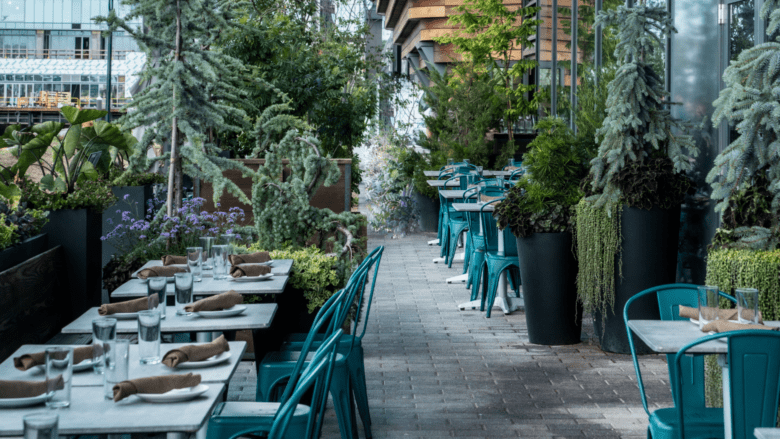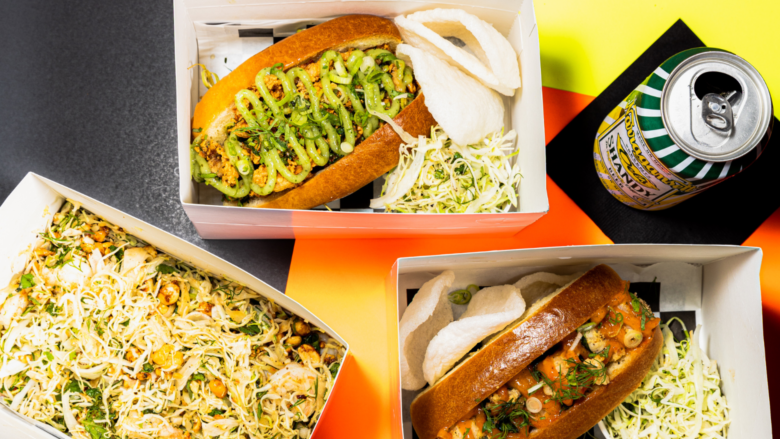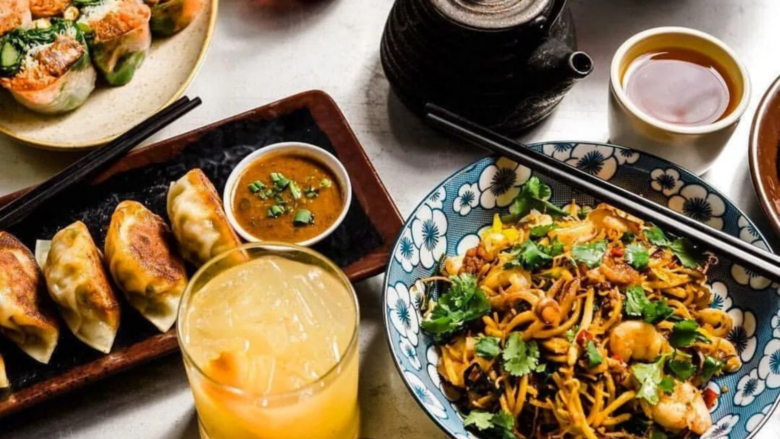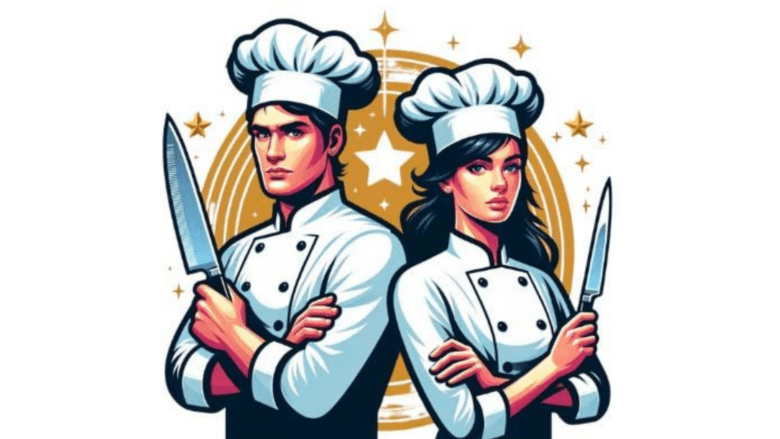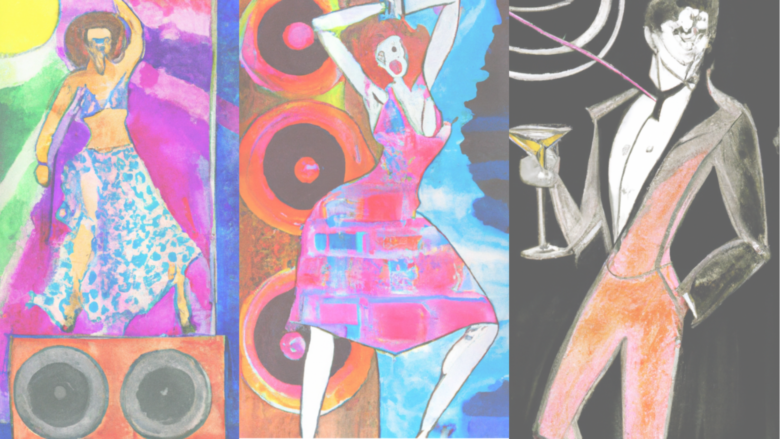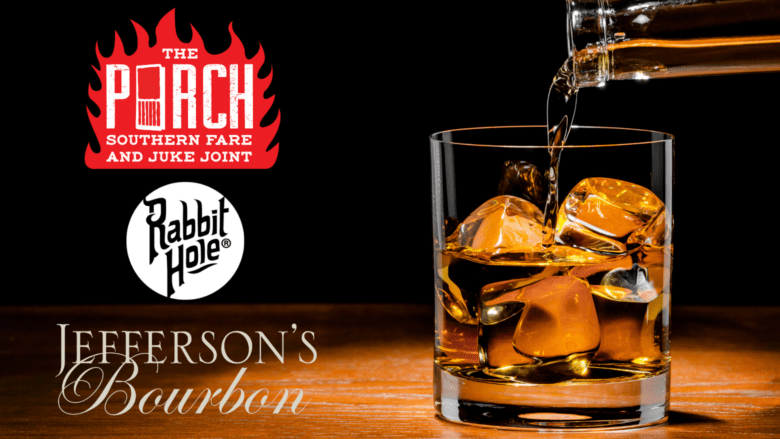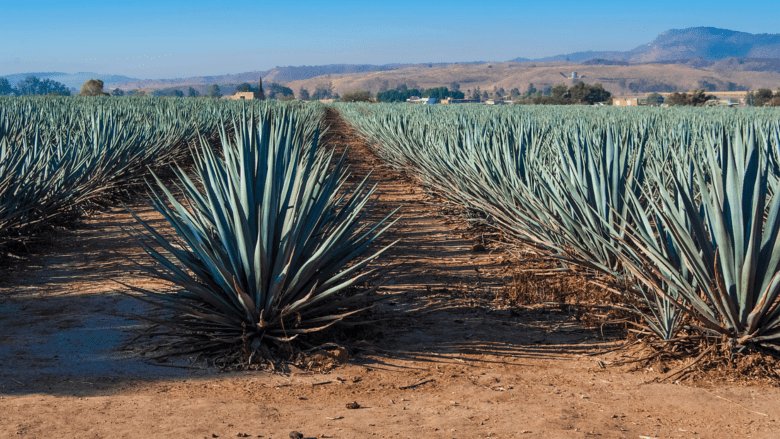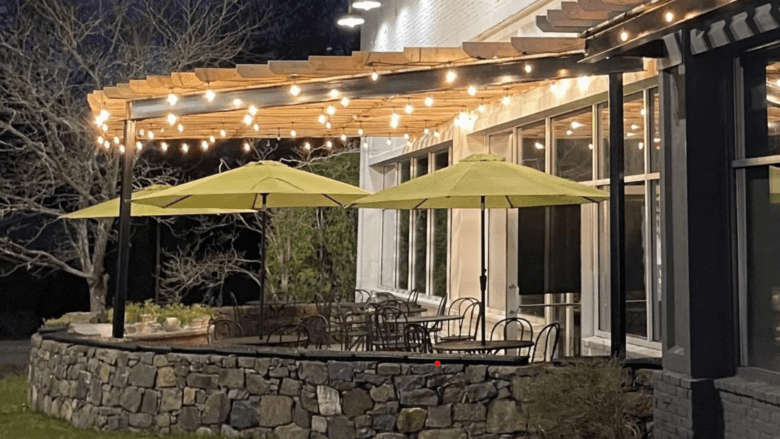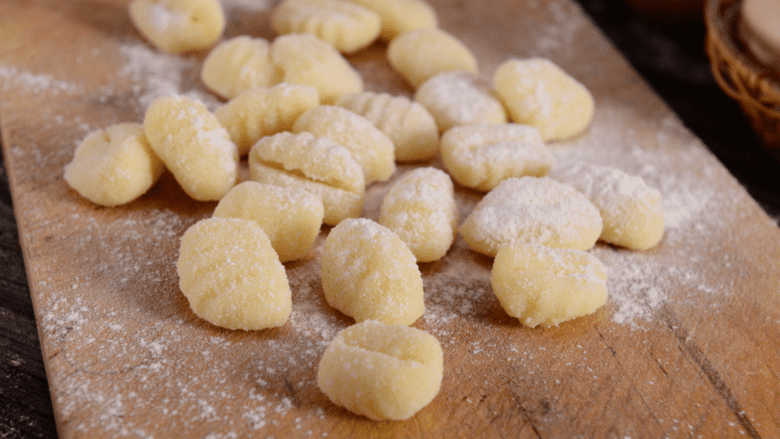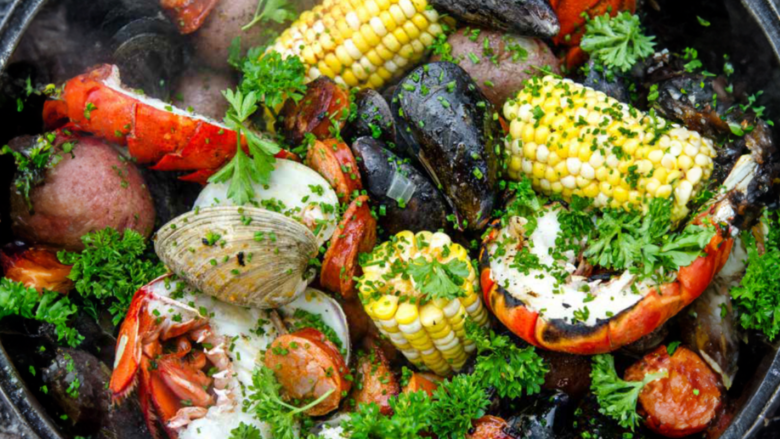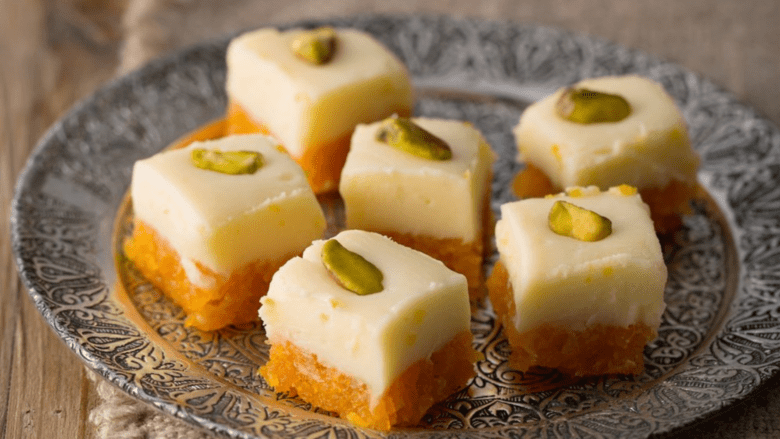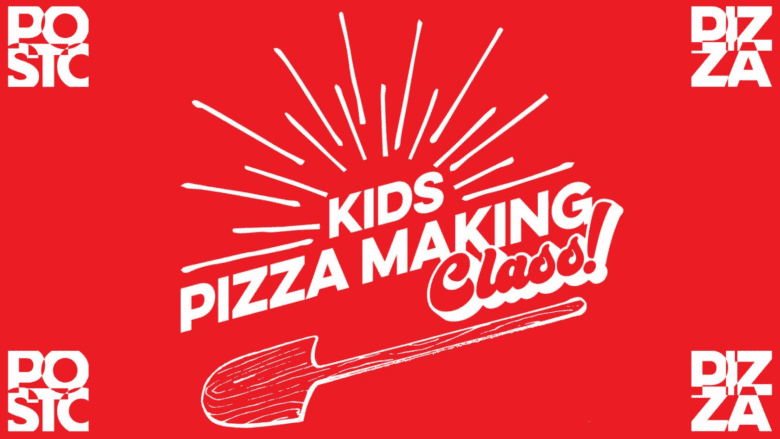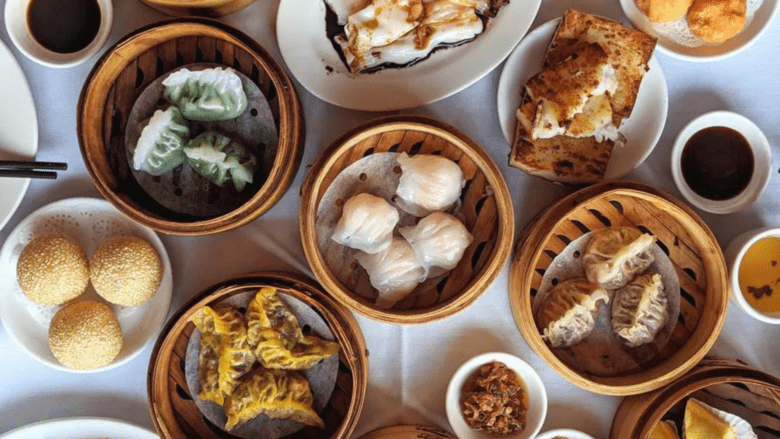Sometime during this current cocktail renaissance an old standard began sneaking onto beverage menus. What’s old became new again as bartenders reintroduced patrons to flips – the creamy, textured family of cocktails that call for the addition of an entire egg. These delicious drinks have the requisite versatility and required showmanship demanded by modern consumers and serve as a perfect post-meal treat or wintertime warm-up.
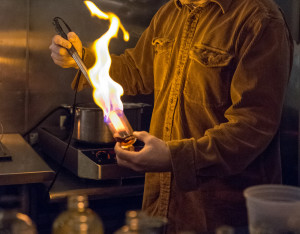 Flips have come a long way in their 400 or so years of eggs-istance (Sorry – couldn’t resist). The drink gained popularity in the Colonial taverns of New England. Winters were cold in the 1600s and a warm punch was a welcome sight. Bartenders would fill a large bowl with sugar, ale, rum, eggs and spices then take a blazing hot fire poker – called a loggerhead – and set it in the bowl. The intense heat from the loggerhead caused the mixture to boil almost instantly, warming the drink and giving it a thicker texture. This dramatic act also caramelized some of the sugar, creating pleasing aromas and providing the drink with some bitter aromatics to complement the sweet concoction. It’s for this reason that the loggerhead was preferred to more traditional mulling – it not only made for a good show, but the high temperature was needed to get the proper chemical reactions.
Flips have come a long way in their 400 or so years of eggs-istance (Sorry – couldn’t resist). The drink gained popularity in the Colonial taverns of New England. Winters were cold in the 1600s and a warm punch was a welcome sight. Bartenders would fill a large bowl with sugar, ale, rum, eggs and spices then take a blazing hot fire poker – called a loggerhead – and set it in the bowl. The intense heat from the loggerhead caused the mixture to boil almost instantly, warming the drink and giving it a thicker texture. This dramatic act also caramelized some of the sugar, creating pleasing aromas and providing the drink with some bitter aromatics to complement the sweet concoction. It’s for this reason that the loggerhead was preferred to more traditional mulling – it not only made for a good show, but the high temperature was needed to get the proper chemical reactions.
Over the years, the flip has evolved. (Bartenders aren’t using too many hot pokers in OSHA approved workplaces these days, though you can always try it at home with these guys.) In 1862, legendary barman Jerry Thomas published How to Mix Drinks in which he details traditional flip recipes using different combinations of ale, rum and brandy. Thomas makes no mention of the loggerhead, instead recommending the use of a saucepan or the addition of boiling water to heat the drink. However, he doesn’t abandon the theatrics, encouraging bartenders to pour the drink between two glasses “raising the hand to as great a height as possible-which process produces the smoothness and frothing essential to the good quality of the flip.” In recent years, the flip-making process has simplified. Flips are being made with all imaginable spirits, but beer has fallen out of favor. Additionally, most modern flips are served cold except for recipes calling for hot water.
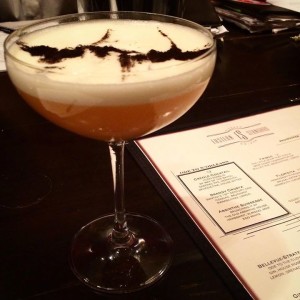 Home bartenders wondering if there’s a secret to mixing the perfect egg cocktail, it’s simple: dry shaking. Egg cocktails take a while to make because of the eggs need time to emulsify. This can lead to shaker exhaustion and tired wrists. (At the extreme, the Ramos Gin Fizz takes 5-7 minutes of shaking to achieve the proper consistency.) In order to get the process going, experienced bartenders build their drinks and then shake them in the tin a few times without ice, giving the eggs a chance to froth at a higher temperature before adding ice. Some place the spring from a Hawthorne strainer inside the tin, further agitating the drink. Flips should have a thick, creamy consistency with a dense head that can be decorated with a dash of bitters.
Home bartenders wondering if there’s a secret to mixing the perfect egg cocktail, it’s simple: dry shaking. Egg cocktails take a while to make because of the eggs need time to emulsify. This can lead to shaker exhaustion and tired wrists. (At the extreme, the Ramos Gin Fizz takes 5-7 minutes of shaking to achieve the proper consistency.) In order to get the process going, experienced bartenders build their drinks and then shake them in the tin a few times without ice, giving the eggs a chance to froth at a higher temperature before adding ice. Some place the spring from a Hawthorne strainer inside the tin, further agitating the drink. Flips should have a thick, creamy consistency with a dense head that can be decorated with a dash of bitters.
That’s the skinny on this calorie-rich curiosity. The flip tells the story of American mixology from its yeoman beginnings to today’s sophisticated craft-cocktail-obsessed landscape . But enough with the history lesson, go try one for yourself at local watering holes like Eastern Standard, Carrie Nation and Barrel House American Bar.



